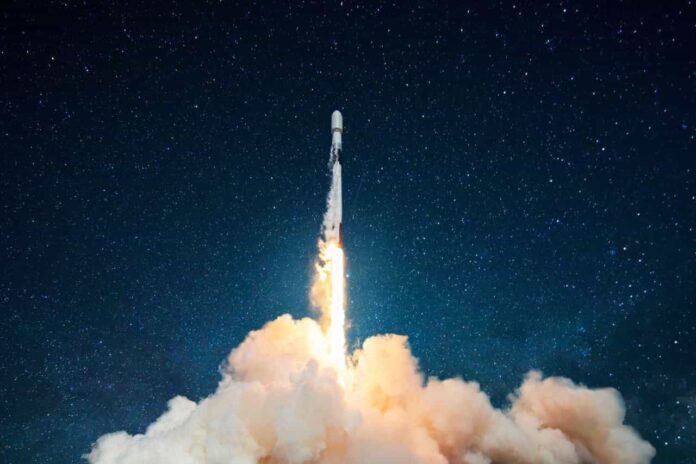Global space tourism or human spaceflight for recreational purposes was estimated in 2021 to be roughly worth around $598 million. In 2021, the space tourism sector made giant leaps with four complete space missions for recreational purposes, including a mission where only civilian passengers were on board.
With technological advances and more interest from the public, by 2030, space tourism is expected to become a $4 billion industry, while the entire space economy is projected to be worth $900 billion by 2030, according to a dossier published by Statista.
These numbers indicate that the projected growth for the space tourism market could develop at a compound annual growth rate (CAGR) of 37.1% from 2022 to 2030. This high growth is pushed by high-net-worth individuals and a few companies taking the lion’s share of investments, like SpaceX, which had an influx of capital at a tune of $6.87 billion in 2021.
Suborbital flight market
One of the significant breakthroughs that will enable further growth of space tourism is reusable vehicles, which should reduce the cost of space travel in the long run and help grow the suborbital flight market.
At the moment, Virgin Galactic offers space flights at a ‘bargain’ price of $450,000, so expecting to go on a space flight soon may disappoint some enthusiasts.
Covid impact
Setbacks felt in the travel and tourism industry due to Covid-19 have also spilled over into the space industry, especially tourism. These impacts will probably prolong the time of space missions and the flow of investments, while the damage done to supply chains could have even more far-reaching effects on the entire industry in the long term.
Furthermore, customer demand damage that the pandemic did, along with the rise in inflation and rates, could further dampen people’s enthusiasm for space travel. Despite this, these two stocks may stand to benefit from the investments pouring into the space sector.
Ultimately, government budgets will play a key role in how fast the growth returns on track and continues this critical mission for humankind to explore space.
Buy stocks now with Interactive Brokers – the most advanced investment platform
Disclaimer: The content on this site should not be considered investment advice. Investing is speculative. When investing, your capital is at risk.
Escape the ordinary and discover the extraordinary! From bustling cities to serene landscapes, every journey begins with a single step—let us guide yours. Enjoy curated itineraries, hidden gems, and hassle-free bookings designed for explorers at heart. Whether it's a weekend getaway or a globe-trotting adventure, your Next unforgettable experience is just a click away.










